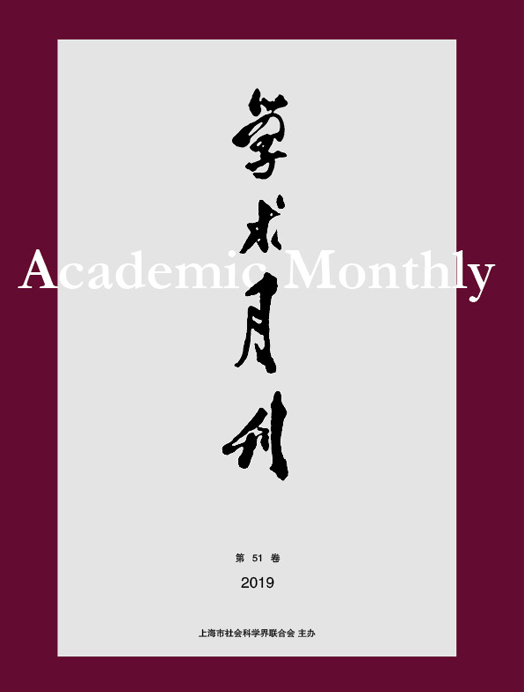Targeted Poverty Alleviation and Rural Labor Mobility:Policy Treatment Effects and Mechanisms
Abstract: The key to effectively connecting Targeted Poverty Alleviation(TPA) and rural revitalization lies in ensuring the free flowing of rural labor.Building on a theoretical analysis of the inherent mechanisms of household labor mobility,this paper constructs a time-varying DID model to systematically examine the impact of TPA on rural labor mobility,eliminating interference from the population migrating based on household registration.The study reveals that TPA significantly boosts the proportion of rural households engaged in off-farm work,with a primary focus on promoting mobility within the same county.An analysis of the precision targeting and impact pathways demonstrates the following: for households with low human capital,TPA increases non-agricultural employment opportunities through public services and employment transfer policies,thereby promoting household labor mobility; for households involved in agricultural production,TPA stimulates farmers to expand production through infrastructure and agricultural development policies.However,constrained by the current level of agricultural technology,improvements in agricultural production conditions provide material support for labor mobility; for households with a high proportion of members lacking labor capacity,TPA reduces household spending on healthcare and education through public services and social safety net policies,mitigating the hidden constraints on labor mobility arising from household factors.This paper contends that labor mobility provides a more accurate assessment of the sustainable effects of TPA,offering practical significance for promoting the seamless integration of poverty-stricken areas into comprehensive rural revitalization.



 沪公网安备 31010102003103号
沪公网安备 31010102003103号 DownLoad:
DownLoad: